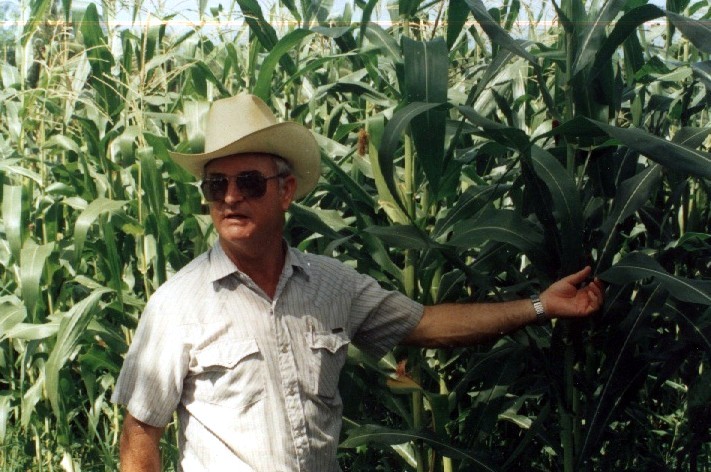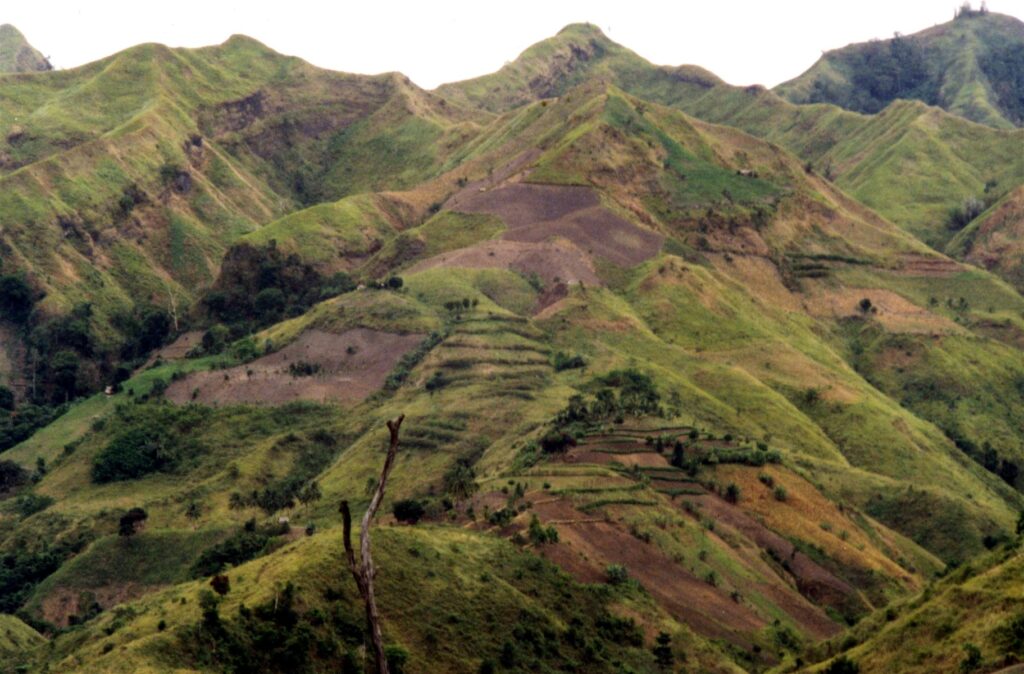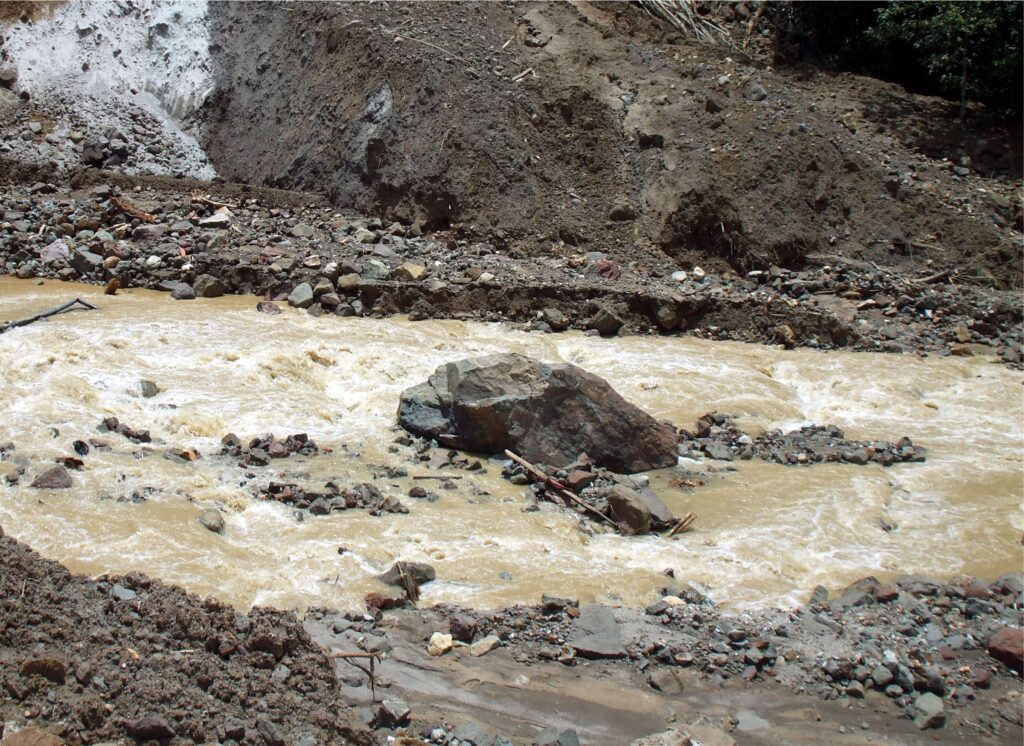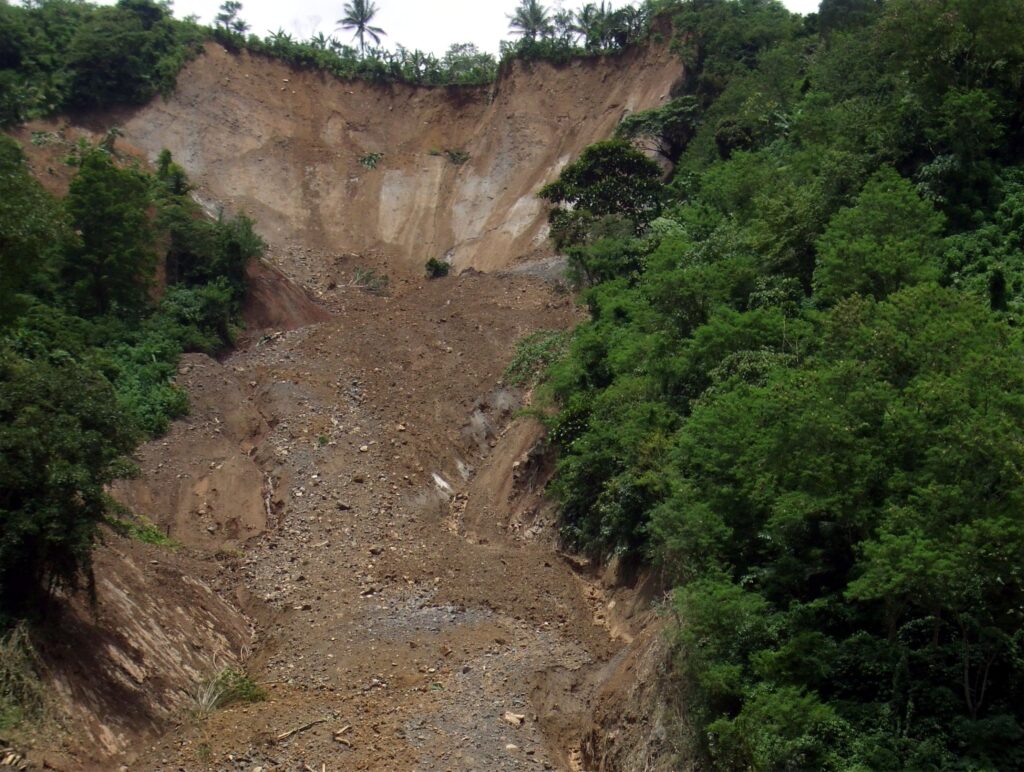Text and Photos by Henrylito D. Tacio
There’s a different kind of war that’s going in the uplands.
Every time it rains, the battle keeps going on, but Filipinos completely ignore it. People protest only when there are floods, and lives are lost. Media see the bigger picture but neglect what they consider as trivial.
Unknowingly, the enemy imperils the country’s food security. It jeopardizes the livelihood of people who depend on agriculture. But most importantly, the future of the next generation is at stake.
The unseen enemy: soil erosion. Rev. Harold R. Watson, the recipient of the 1995 Ramon Magsaysay Award for peace and international understanding, deplored: “Soil erosion is an enemy of any nation – far worse than any outside enemy coming into a country and conquering it because it’s an enemy you cannot see vividly.”
The Washington-based Worldwatch Institute considers soil erosion as “a silent crisis.” Watson explained, “(Soil erosion) is a slow creeping enemy that soon possesses the land.”
While some skeptics believe climate change is a hoax, soil erosion is a reality. Although its effects are not significantly felt at present due to the adoption of high-yielding varieties and genetically-modified crops, the erosion problem must be faced right now.

“Land is not being remade,” Watson, who once served as the Davao-based Mindanao Baptist Rural Life Center (MBRLC) director, said. “Soil is made by God and put here for man to use, not for one generation but forever. It takes thousands of years to build one-inch of topsoil but only one good strong rain to remove one inch from unprotected soil on the slopes of mountains.”
When Watson came to the Philippines in the 1960s, he was already sounding the alarm of deforestation and soil erosion. But people only laughed at him. They told him, “We’re never going to run out of trees!”
That was before several presidents, other Asian governments, the United Nations – and countless farmers – recognized the value of his insights. At the start of the American regime in the 1900s, the country had 21 million hectares of old-growth forest covering 70 percent of the land. Now, the forest area is 7 percent, a result of “probably the most rapid and severe deforestation in the world,” according to American researcher Lawrence R. Heany of the Field Museum of Chicago.
In 1971, Watson opened to the public the MBRLC, a research and demonstration farm. In the beginning, they floundered. “When I got here, I had no idea what the problems were up in the hills,” said the American agriculturist who grew up in Mississippi. “Farming looked pretty good on the surface.”
Soon, Watson discovered that the problem was the surface: It was washing away. Loggers – both legal and illegal – were hauling trees out of the once-lush mountains, leaving behind denuded hillsides. Tribal people and migrants were using “slash and burn” methods (kaingin) to clear and farm the uplands, and topsoil was disappearing faster than what can be replenished—the result: low production, hunger, and hopelessness.

“Most of these farmers don’t have a vision to see five or 10 years down the line,” Watson said. “Most live for one more day, and don’t lift their head up. They’re not thinking about erosion. It’s `What can I get out of the land today, right now?”
Soil is the single most important resource on farmland. “Soil is related to the earth much as the rind is related to an orange,” explains an American geologist. “It is the link between the rock core of the earth and the living things on its surface. It is the foothold for the plants we grow. Therein lies the main reason for our interest in soil.”

Topsoil – the upper, outermost layer of soil – is built up over time. It takes 200 to 1,000 years to form 2.5 centimeters of rich topsoil. “Topsoil is necessary for life to continue, since it is needed for plants to be able to grow,” explains Jethro P. Adang, the current MBRLC director. “Plants are needed by people and by animals, and topsoil is like the bottom brick of a building: Pull it away, and the building will fall. So too with topsoil: Take away topsoil and you can take away life.”
The world loses the equivalent of five to seven million hectares of farmland through erosion each year. This is equivalent to the land area of Belgium, and the Netherlands combined. On average, farmlands are losing 2.5 centimeters of topsoil every 16 years, or 17 times, faster than it can be replaced.
But Filipinos are not paying attention to it. “We are hardly aware of this enormous loss which is progressively eroding away our most fertile soil and thus our ability to produce food for an expanding population,” the Catholic Bishops Conference of the Philippines (CBCP) noted in a pastoral letter almost two decades ago. “Any comprehensive land reform must address this most serious threat to our food supply.”
Soil erosion makes farmlands infertile. Studies have shown that the loss of a few centimeters of topsoil can reduce good soil productivity by 40% and poor soils by 60%.
Lester R. Brown and Edward C. Wolf, authors of Soil Erosion: Quiet Crisis in the World Economy, argued that erosion affects crop production in two ways. “The loss of topsoil reduces the inherent productivity of land, both through the loss of nutrients and degradation of the physical structure,” they explained.
“It also increases the costs of food production,” they added. “When farmers lose topsoil, they may increase land productivity by substituting energy in the form of fertilizer. Hence, farmers losing topsoil may experience either a loss in land productivity or a rise in costs of agricultural inputs. And if productivity drops too low or agricultural costs rise too high, farmers are forced to abandon their land.”

According to Brown and Wolf, the immediate effects of soil erosion are economical, but its ultimate effects are social in the long run. “When soils are depleted and crops are poorly nourished, people are often undernourished as well,” the two authors said. “Failure to respond to the erosion threat will lead not only to the degradation of land, but to the degradation of life itself.”
“No other soil phenomenon is more destructive worldwide than soil erosion,” wrote Nyle C. Brady in his book, The Nature and Properties of Soils. “It involves losing water and plant nutrients at rates far higher than those occurring through leaching.
“More tragically, however, (soil erosion) can result in the loss of the entire soil,” Brady continued. “Furthermore, the soil that is removed finds its way into streams, rivers, and lakes and becomes a pollution problem there.”
The CBCP pastoral letter reminded, “After a single night’s rain, look at the chocolate brown rivers in your locality and remember that they are carrying the life blood of the land into the sea. The soil, instead of being the seedbed of life, becomes a cloak of death, smothering, retarding and killing coral polyps.”
This is where sedimentation and siltation occur. In Luzon, the four major basins – Bicol, Magat, Pampanga, and Agno – are in critical condition due to acute soil erosion and sedimentation. The Ambuklao Dam reservoir had its life halved from 60 to 32 years as a result of siltation.
According to Frank Dent of the UN Food and Agriculture Organization, water and wind are the most important degradation processes. “Although the processes are different,” he said, “there is a common factor in all man-made erosion – the absence of vegetation to hold and cover the soil.”
The Bible says, “For sin pays its wage… death” (Romans 6:23). “When man sins against the earth, the wage of that sin is death or destruction,” Watson explained. “This seems to be a universal law of God and relates to all of God’s creation.
“We face the reality of what man’s sins against the earth have caused. We see land degradation expressing itself in destruction of forests, loss of topsoil, pollution of streams and even the air we breathe. We are facing not a mere problem; we are facing destruction and even death if we continue to destroy the natural resources that support life on our planet.”

